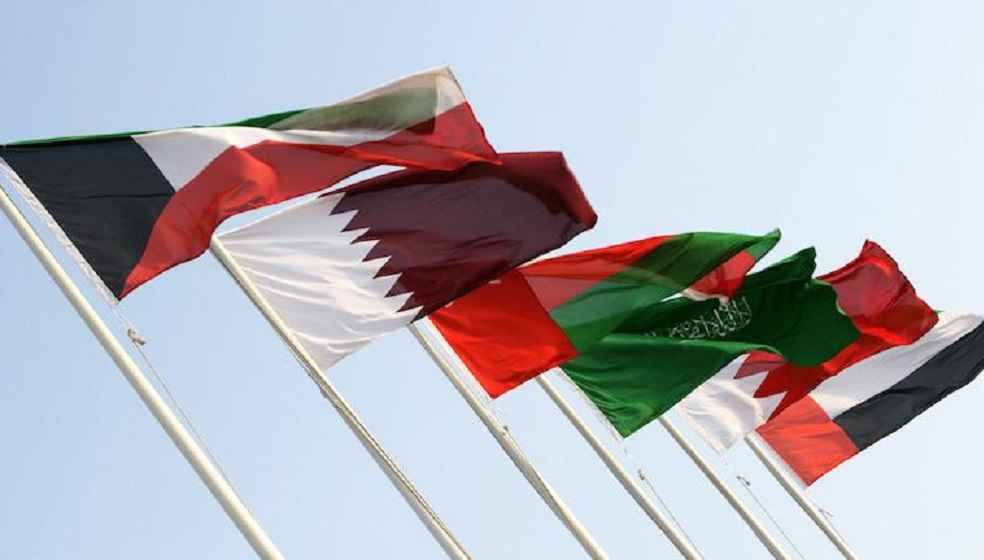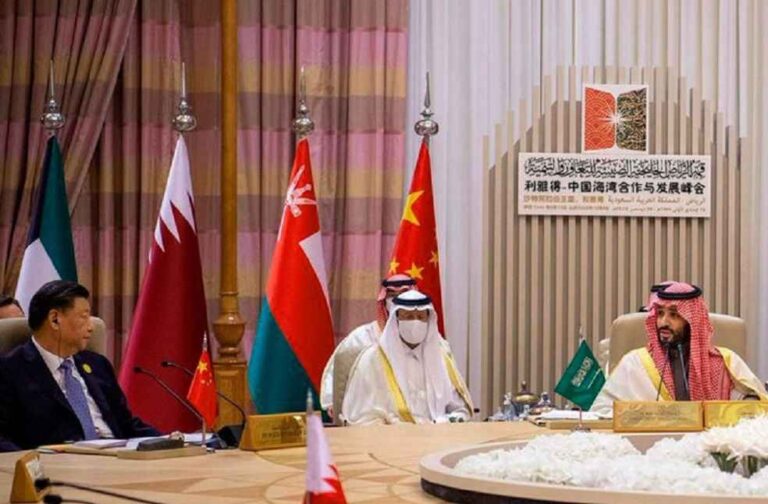The economic relationship between China and the Gulf Cooperation Council (GCC) nations is intensifying, with trade volumes projected to more than double to $1.9 trillion by 2035. This growth reflects the regions’ joint efforts to diversify beyond oil and deepen financial and commercial ties.
Trade volumes between China and the GCC—comprising Bahrain, Kuwait, Oman, Qatar, Saudi Arabia, and the UAE—have seen significant increases. In 2023, trade between China and Saudi Arabia alone reached $100 billion, with Saudi Arabia supplying nearly 20% of China’s total oil imports. According to HSBC Global Research, two-way payment flows between China and the GCC have grown by over 20% year-on-year, driven by finance in Saudi Arabia and commerce in the UAE, particularly with Hong Kong.
Projections suggest that annual two-way goods trade between China and the GCC will grow from $950 billion in 2022 to over $1.9 trillion by 2035. This surge follows the strengthening of ties after Chinese President Xi Jinping’s visit to Saudi Arabia in late 2022, during which 34 agreements worth $29.2 billion were signed, covering green energy, IT, transport, and construction.

Saudi Arabia’s Vision 2030 plan underscores the Kingdom’s ambitions to diversify its economy and build major infrastructure projects, such as Neom and “The Line,” a zero-carbon smart city. The construction sector is poised to grow significantly, with estimates placing the Saudi market’s value at $181.5 billion by 2028. Collaborative efforts between Saudi Arabia and China include large-scale projects like a steel plant by Bunyan, part of China’s Rongsheng Group, and a $2 billion mixed-use district in Diriyah.
Chinese expertise in infrastructure development makes it a natural partner for Saudi Arabia. “Few countries have a comparable track record to China in executing massive projects swiftly,” says Charles Chang, Managing Director at S&P Global Ratings.
Oil remains central to China-GCC trade. In 2023, China imported 201 million metric tons of crude oil and 18 million tons of liquefied natural gas from GCC countries. Meanwhile, Saudi Arabia is making substantial investments in China’s energy sector. Early in 2024, Saudi Aramco subsidiary Sabic invested $6.4 billion in a petrochemical complex in Fujian, marking one of the largest foreign direct investments in the province.

Financial ties between China and the GCC have expanded into capital markets. In 2023, Saudi Arabia launched an exchange-traded fund in Hong Kong, with feeder ETFs in Shanghai and Shenzhen. The Public Investment Fund (PIF) of Saudi Arabia signed agreements worth $50 billion with major Chinese banks to foster two-way equity and debt flows.
Additionally, Chinese technology company Lenovo sold $2 billion in zero-coupon convertible bonds to Alat, a PIF-owned investment firm, which will lead to Lenovo establishing a Middle East headquarters and manufacturing facility in Riyadh.
The growing trade relationship has encouraged discussions about internationalising the Chinese yuan (RMB). Iraq and the UAE have allowed trade settlements in RMB, reflecting a shift in the global trading environment. “Diversification in settlement currencies is increasingly necessary amid global uncertainties,” says Wang Yi, Head of Quantitative Investment at CSOP Asset Management.
The Middle East Pivot to Asia 2024 report by UK-based Asia House predicts that trade between China and the GCC will surpass trade with the West by 2027, reaching $325 billion annually. However, geopolitical dynamics, including potential US tariffs under a Trump administration, could influence these growing ties. Despite these challenges, China and the GCC are expected to continue expanding their economic partnership, driven by mutual interests in diversification and global integration.
IMEX SECTOR | Pakistan Acts on EU Alert Over Contaminated Rice to Protect Exports



